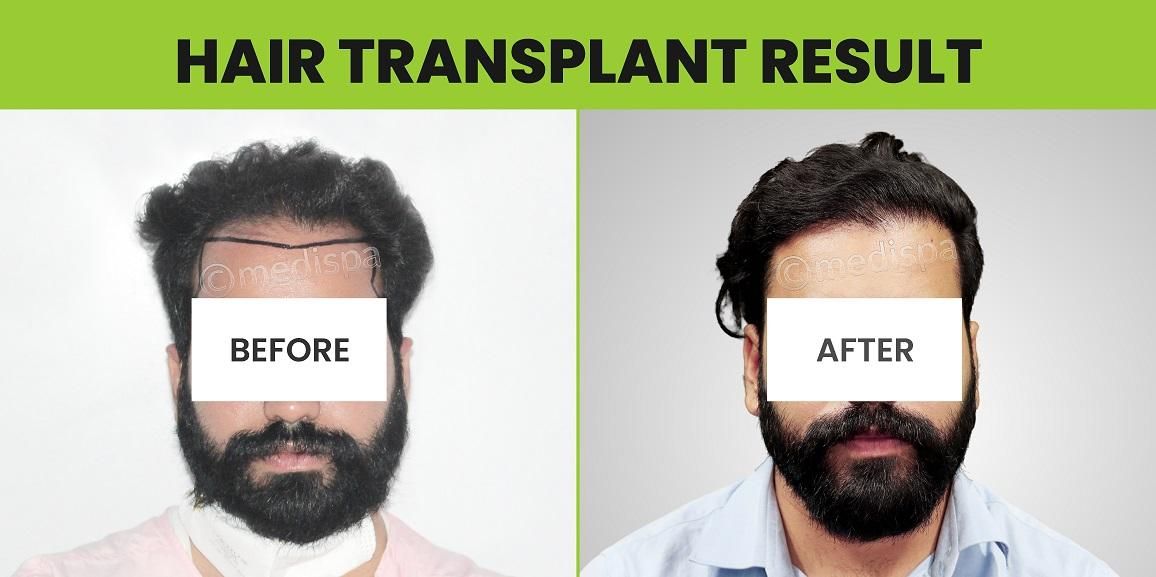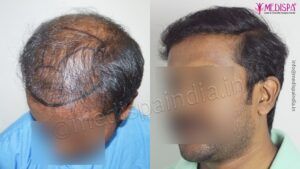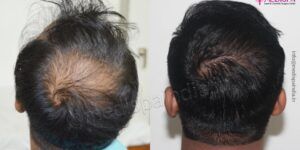
Upon making the decision to undergo a hair transplant, individuals often experience a surge of enthusiasm regarding the procedures and anticipated results. The experience of observing bald patches can be quite distressing, leading many to explore various treatments in an effort to halt or reverse hair loss. When these alternatives prove ineffective, hair transplantation may emerge as a viable and permanent solution to the issue of hair loss.
In recent years, hair transplants have gained significant popularity, largely due to increased awareness surrounding hair loss and its prevalence. This procedure is generally considered low-risk and is recognized for its safety. Nevertheless, it remains essential to prepare adequately for the necessary post-procedural care to ensure comfort and enhance the likelihood of a successful outcome.
The initial and most critical step after deciding to proceed with the hair transplant is to identify a reputable clinic and a skilled surgeon. Navigating through the multitude of available options can be a daunting task. India has emerged as a hub for hair transplant clinics, boasting a select group of top-tier surgeons who are internationally acclaimed for their exceptional expertise. However, it is important to be aware of the presence of unethical practices within the country. Therefore, patients must exercise caution and conduct thorough research to find a suitable clinic for hair transplant in Jaipur or elsewhere.
The degree to which you follow your surgeon’s pre-operative and post-operative guidelines is as crucial as the surgeon’s expertise. The advanced hair transplant methods are a hallmark of Medispa clinics located in Jaipur and Delhi, renowned for delivering exceptional natural outcomes. Dr. Suneet Soni, the director of Medispa clinics, is recognized as one of the best hair transplant surgeons in Jaipur. He firmly believes in selecting the appropriate technique after a thorough evaluation of each individual case to achieve optimal aesthetic results. His surgical skills and genuine counsel have earned him considerable respect in the field. Dr. Soni’s unique hair transplant approach, combined with his artistic vision, consistently enables him to create a remarkably natural hairline that integrates flawlessly with the patient’s existing hair.
Getting successful hair transplant results
We will explore the essential components necessary for a successful hair transplant procedure.
Assessing Your Hair Loss:
Hair loss is a common occurrence; however, it is crucial to distinguish between typical shedding and a potential concern. Each hair follicle undergoes a growth cycle, culminating in the shedding of the hair shaft upon reaching maturity. This process is deemed normal when it is balanced by the emergence of new hair shafts. It is widely recognized that losing between 50 to 100 hair shafts daily is within the normal range. Nevertheless, if you notice an excessive amount of hair on your pillows, in the shower, or during grooming, it is advisable to consult a specialist.
Androgenic alopecia, often referred to as male and female pattern baldness, is characterized by genetically influenced hair loss that may become permanent. Additionally, temporary hair loss can result from external factors such as environmental pollution, inadequate nutrition, elevated stress levels, and the strain of frequent hairstyling.
In men, hair loss typically presents as a receding hairline or thinning in the frontal and crown areas of the scalp. In contrast, women generally experience central thinning as the primary indicator of hair loss.
Identifying the Root Cause:
In the course of the initial consultation, the doctor will perform an extensive evaluation of the patient’s medical history, ensuring that all relevant information is meticulously documented. To identify any potential underlying inflammation, various diagnostic tests, such as scalp biopsies, may be suggested. Additionally, a thorough assessment of the family medical history is taken into account to eliminate the possibility of genetic influences. A detailed examination of the scalp is conducted using microscopic analysis to identify any localized issues. Moreover, it is recommended to conduct specific blood tests to mitigate the risk of systemic diseases. Following the evaluation of these essential factors, the root cause of hair loss is determined.
The Significance of an Experienced Surgeon in Hair Transplant Procedures:
The success of a hair transplant is contingent not only upon adequate training but also on substantial experience, which encompasses both the length of practice and the volume of procedures performed. The hair transplantation process requires a combination of artistic insight and technical skill from a proficient surgeon.
To identify the most qualified hair transplant surgeon, it is imperative to conduct comprehensive research to mitigate the risk of future complications. Numerous clinics claim to provide hair transplants at attractive prices; however, it is crucial to exercise caution regarding unethical practices and to ensure that these clinics possess the appropriate certifications.
Create a list of esteemed hair transplant surgeons and assess it based on their credentials, the clinic’s specialization, the quality of their photographic portfolio, and feedback from previous patients. The hair transplant procedure entails meticulous steps, including the extraction, selection, and implantation of hair follicles. To secure optimal and enduring results that appear natural, it is essential to make a well-informed choice when selecting the most suitable hair transplant surgeon.
Selecting the most appropriate hair transplant technique:
Determining the most appropriate hair transplant procedure necessitates a comprehensive evaluation of the scalp during the initial consultation. The quantity of follicular grafts to be harvested is influenced by the density of hair follicles in the donor area and the extent of the balding region.
The selection of a hair transplant technique is contingent upon the required number of follicular grafts, along with various other factors. These factors include the options of Follicular Unit Transplantation (FUT), Follicular Unit Extraction (FUE), or a combination of both techniques. The FUT method is typically favored when the requirement is for 3000 to 3500 follicular transplants. Conversely, the FUE technique may be suitable for cases necessitating 2000 to 2500 grafts. The hybrid approach is often the most effective for addressing significant baldness, where neither method alone can adequately meet the demand for a substantial number of grafts.
In situations where the donor area on the scalp (located at the back and sides of the head) does not possess sufficient density, hair from alternative body regions may be considered. While this method may not produce optimal results, it can still yield aesthetically pleasing outcomes, as the characteristics of scalp hair follicles differ from those of body hair follicles.







